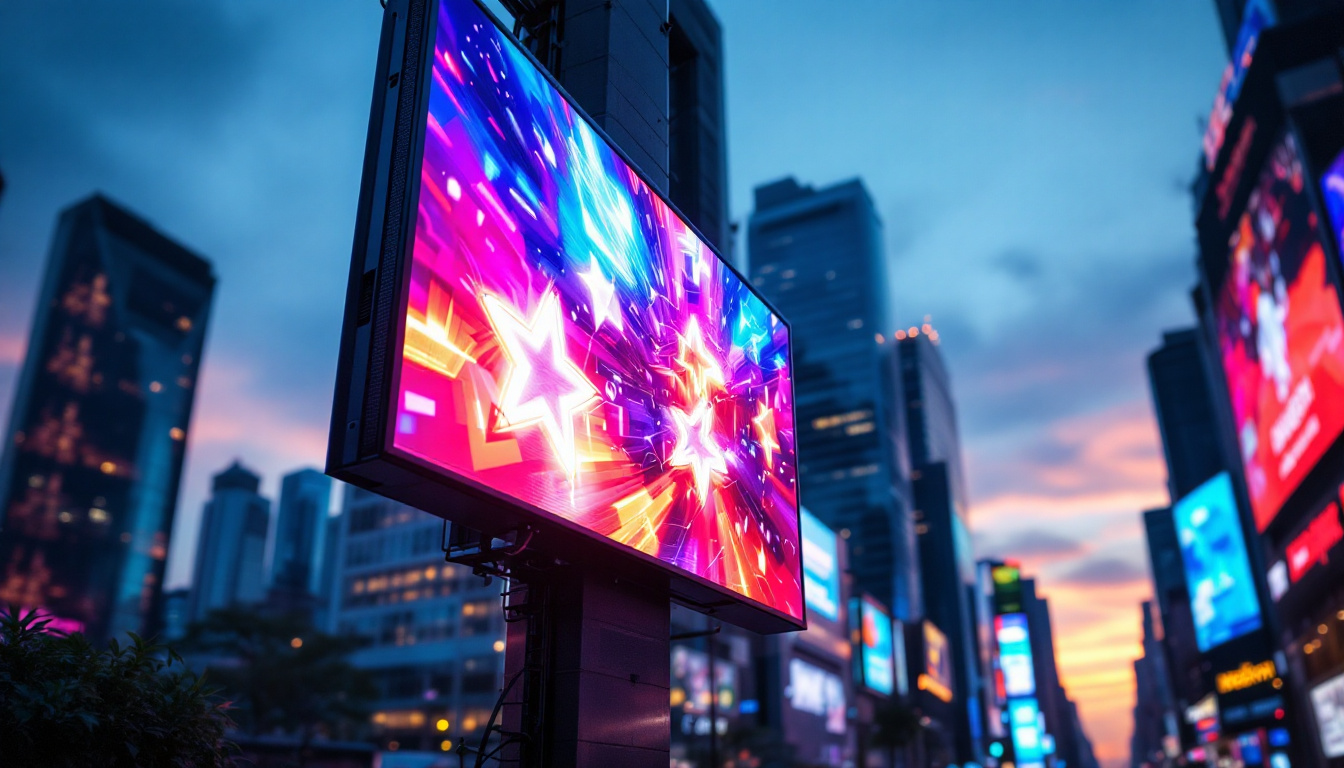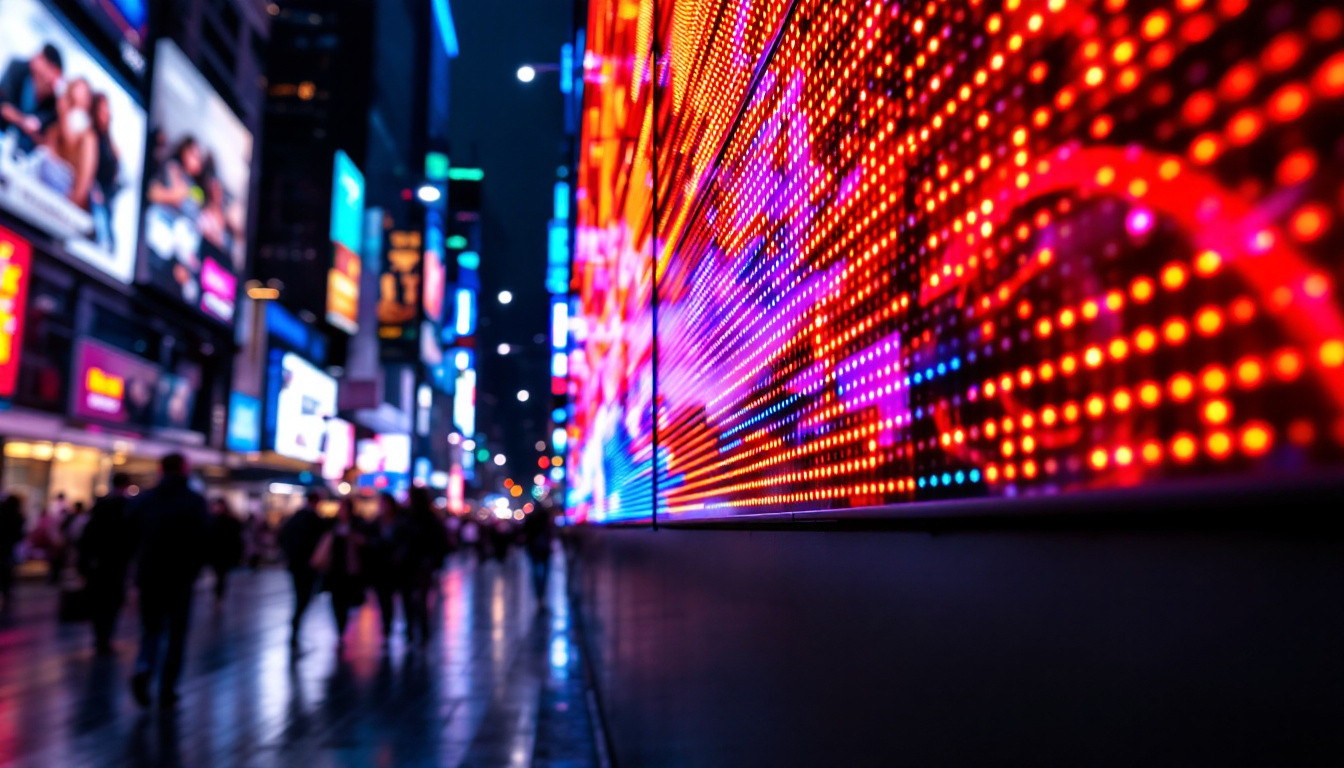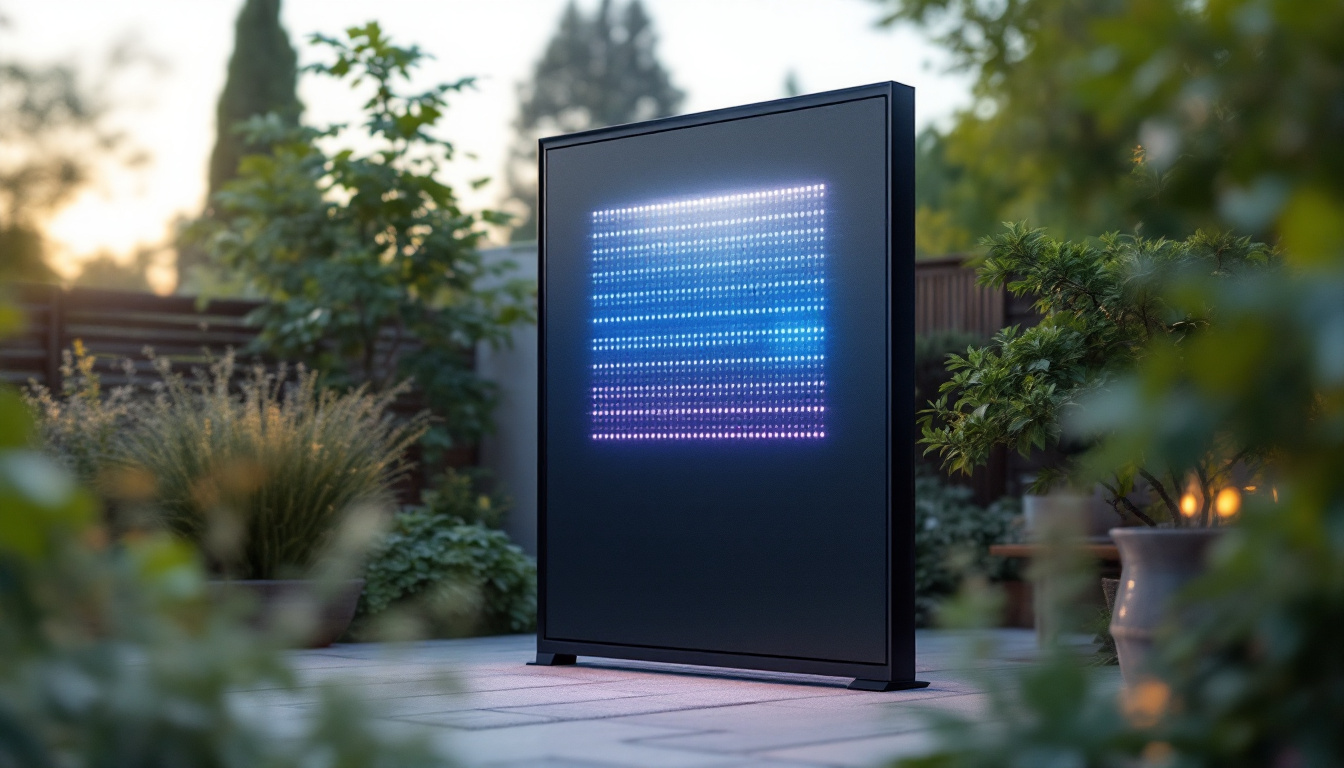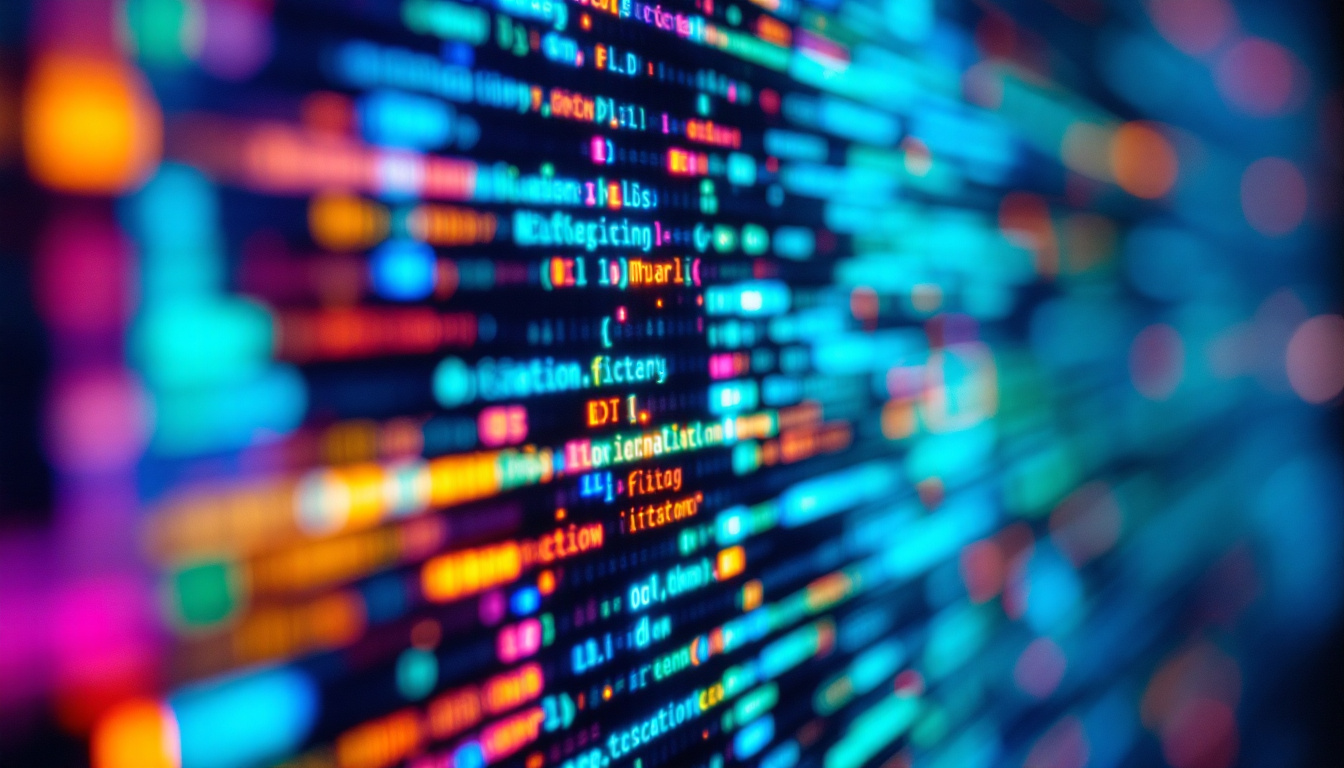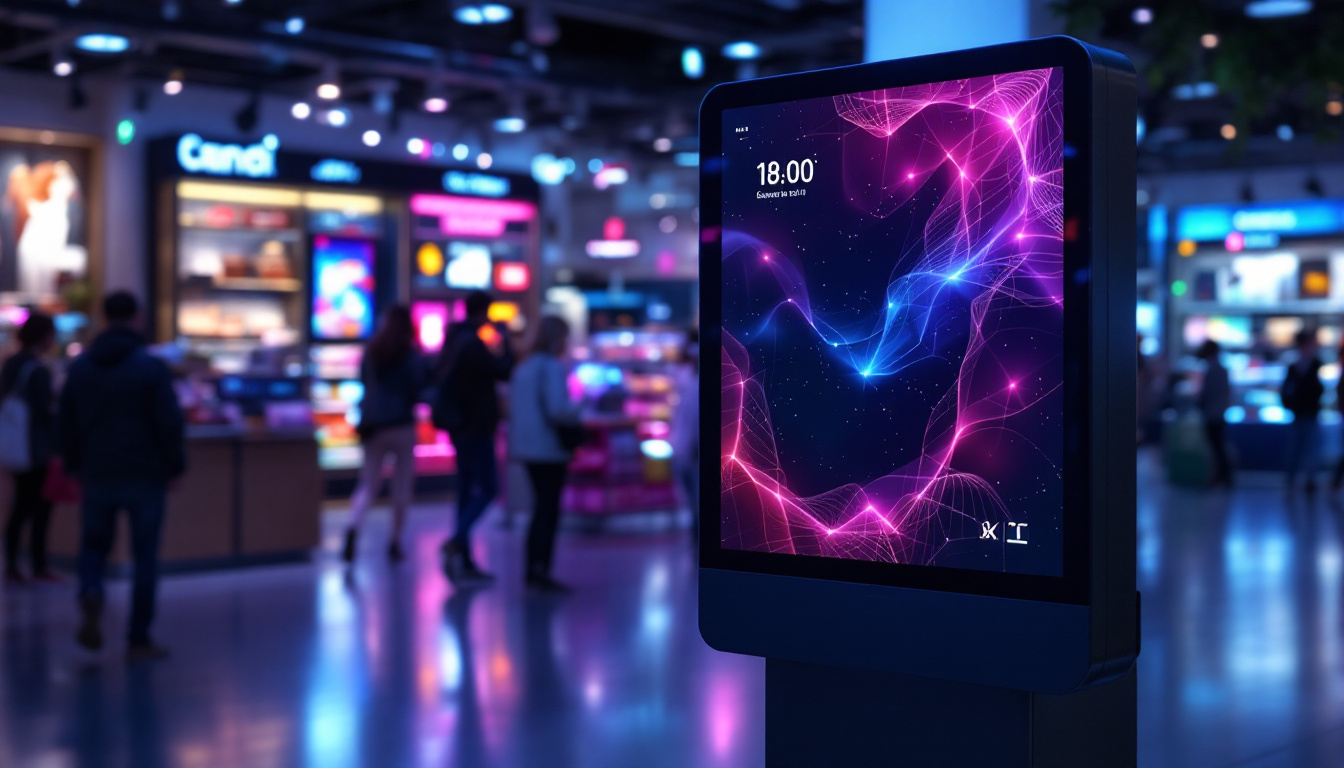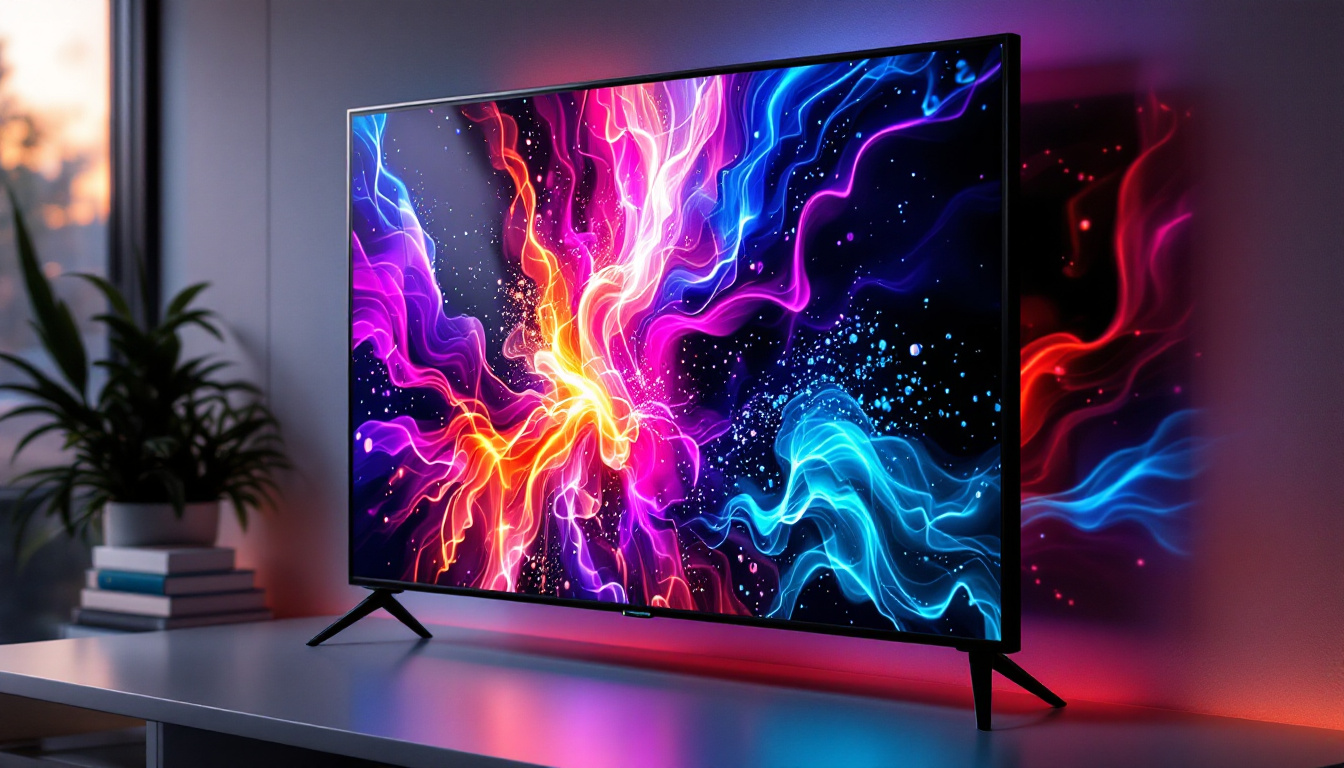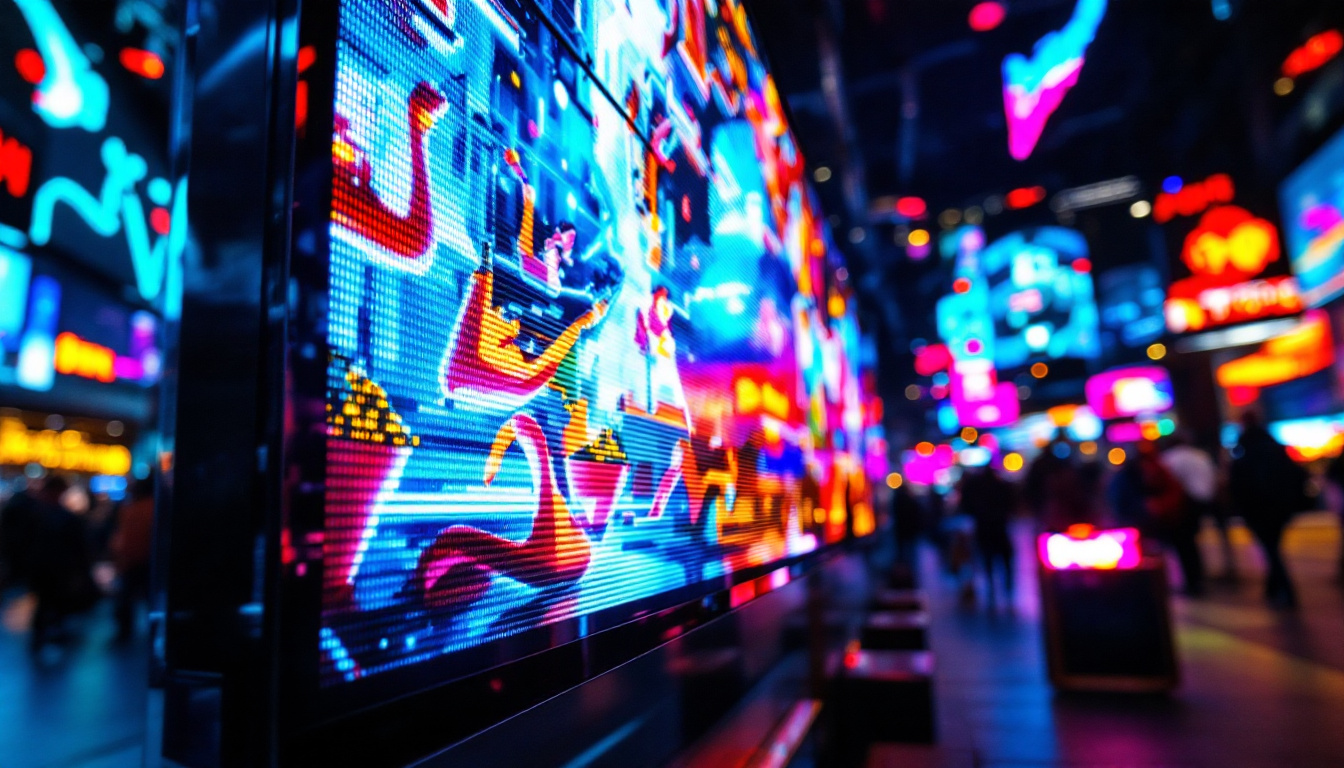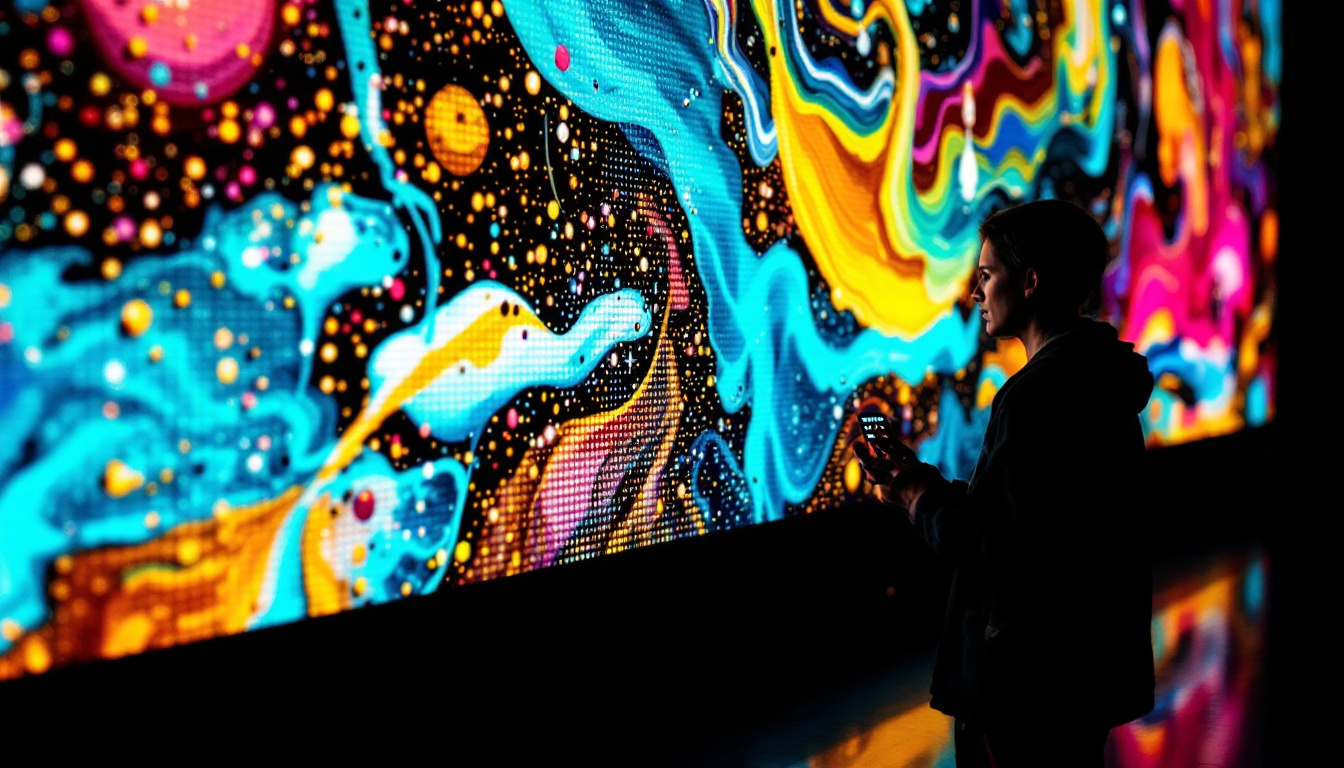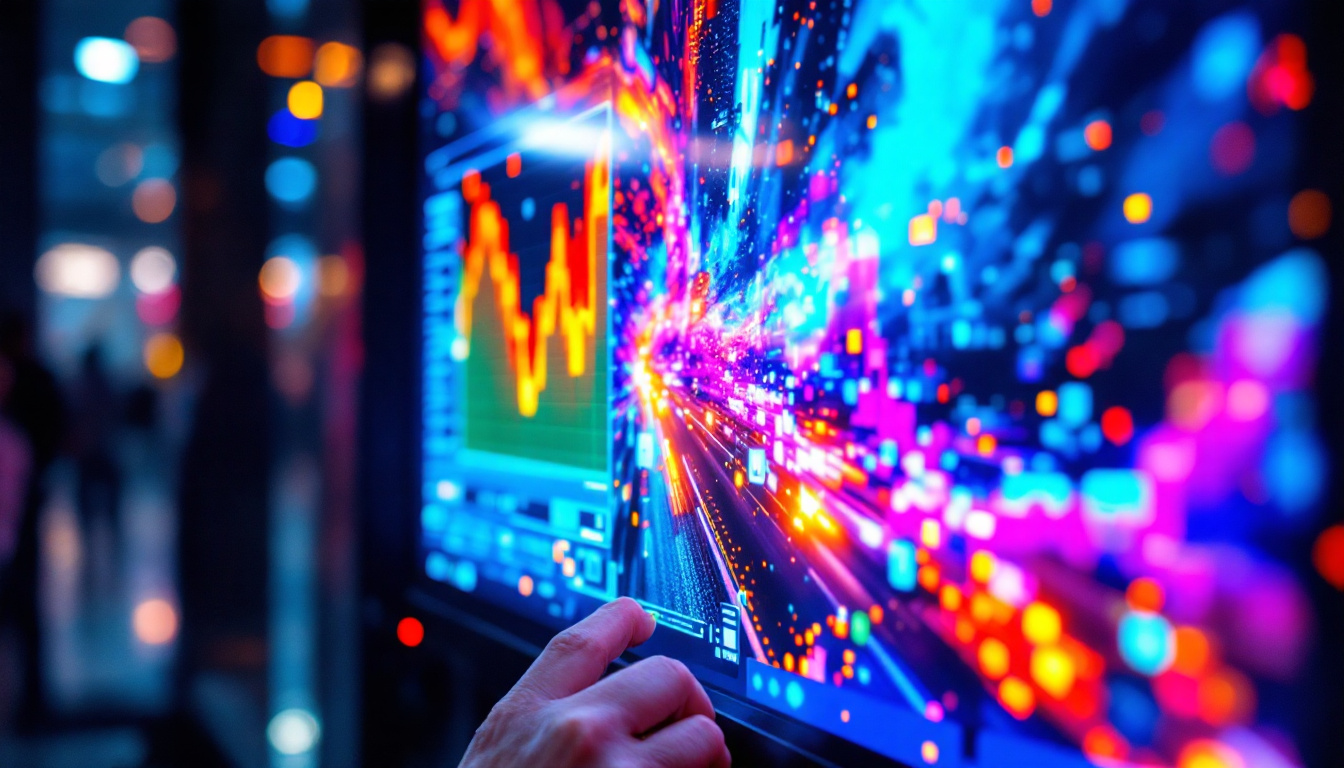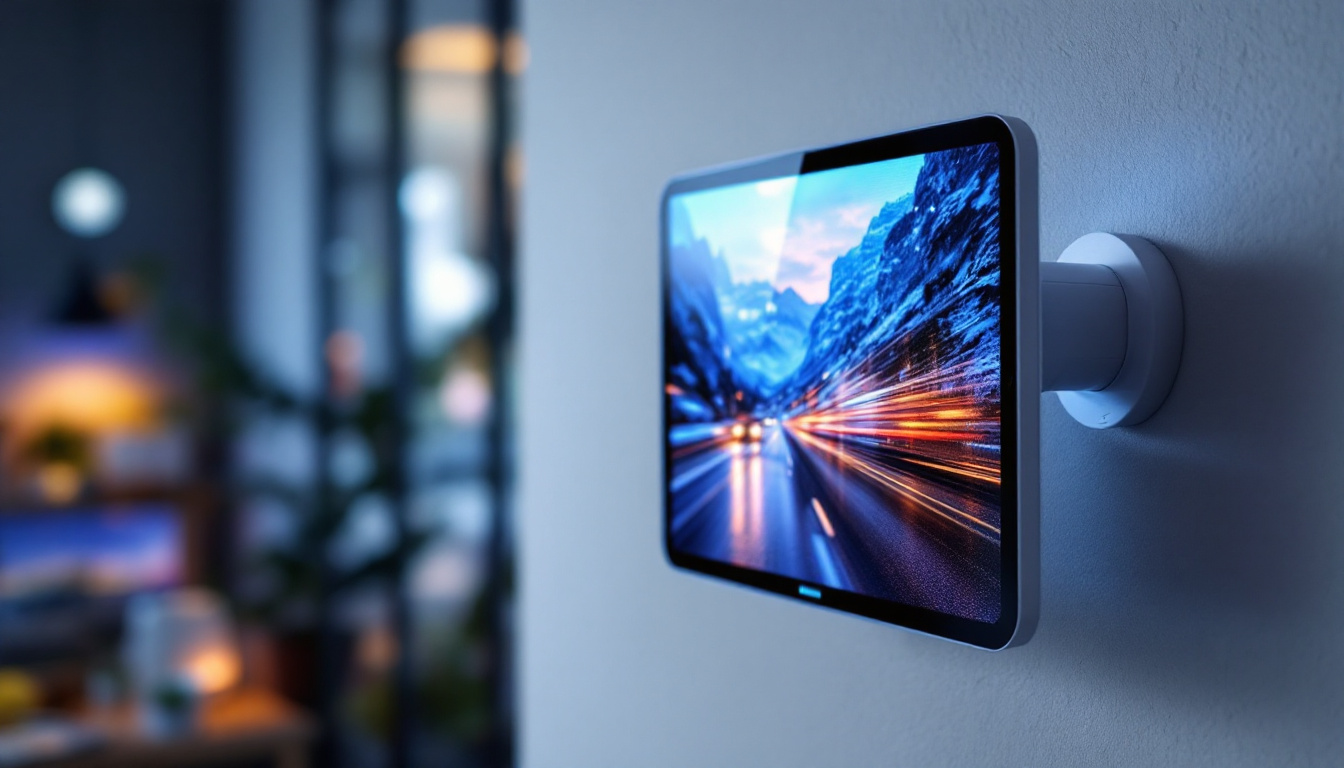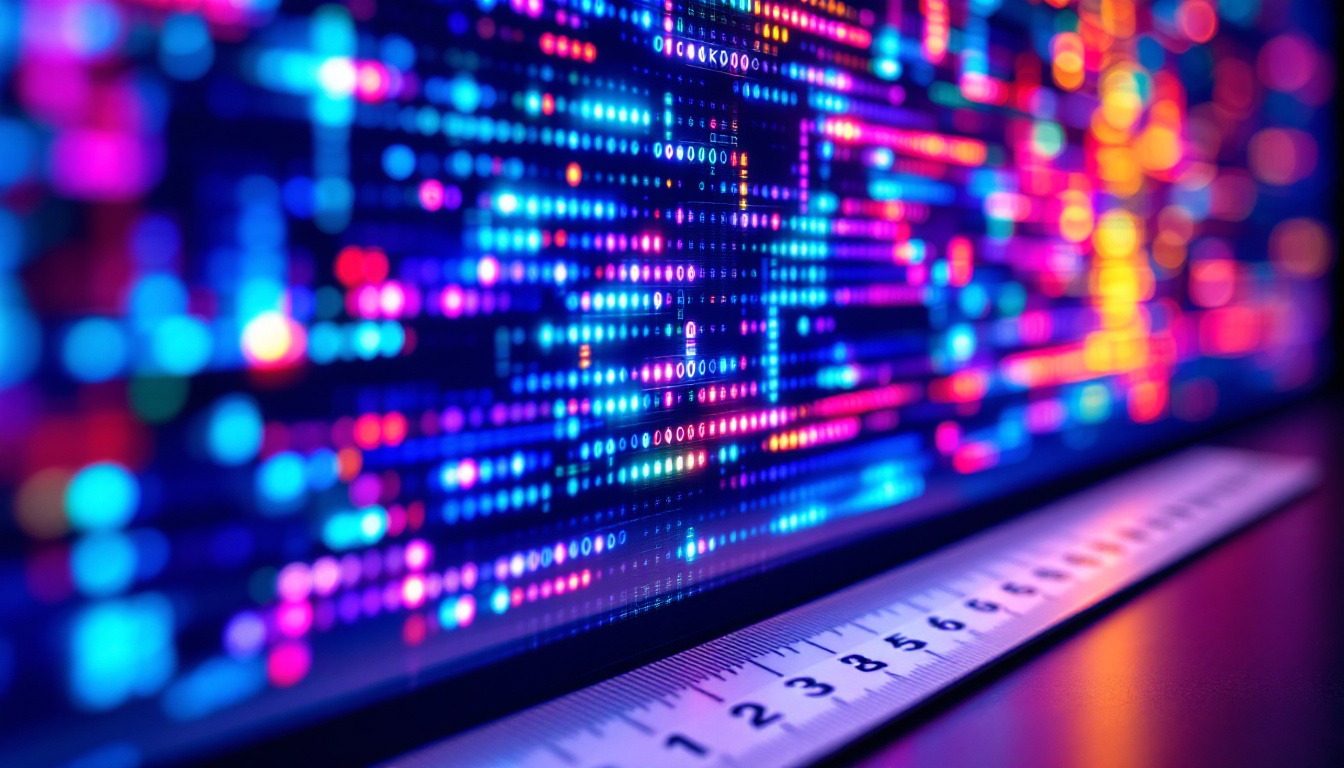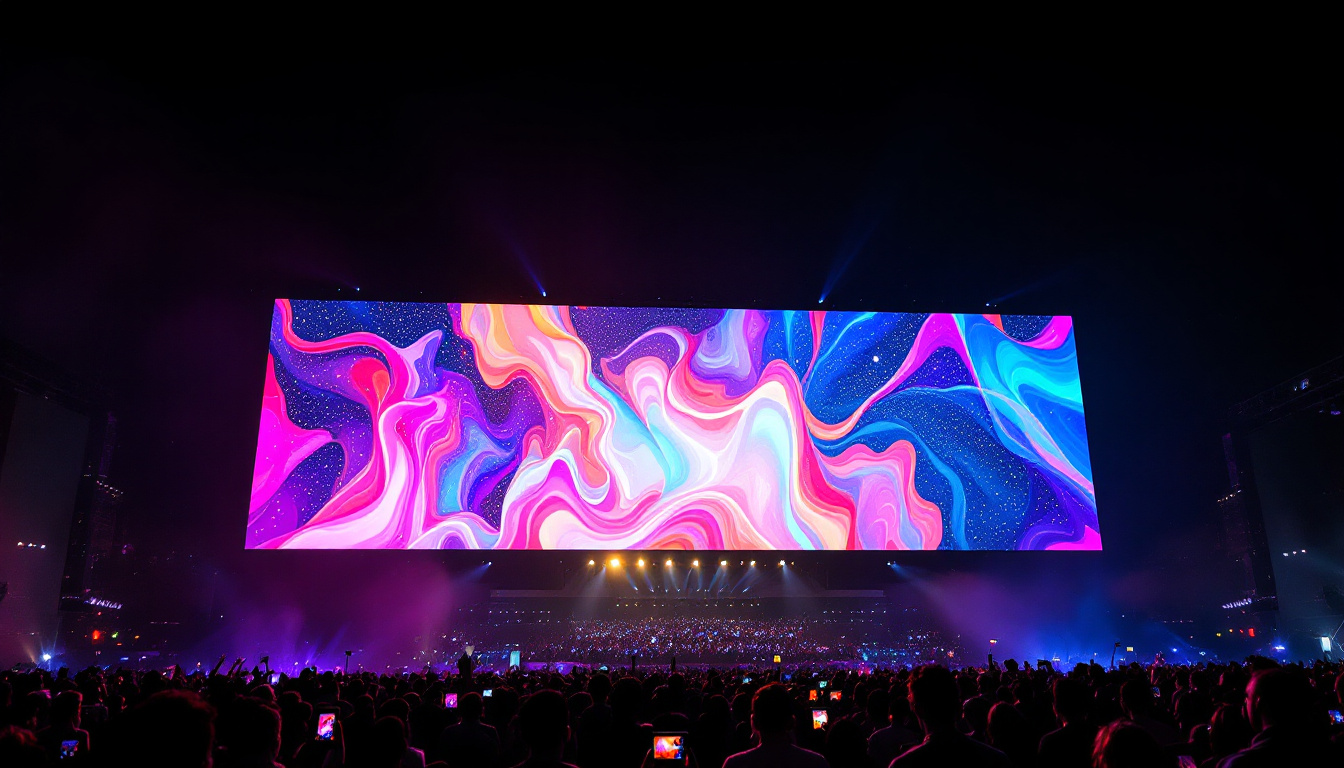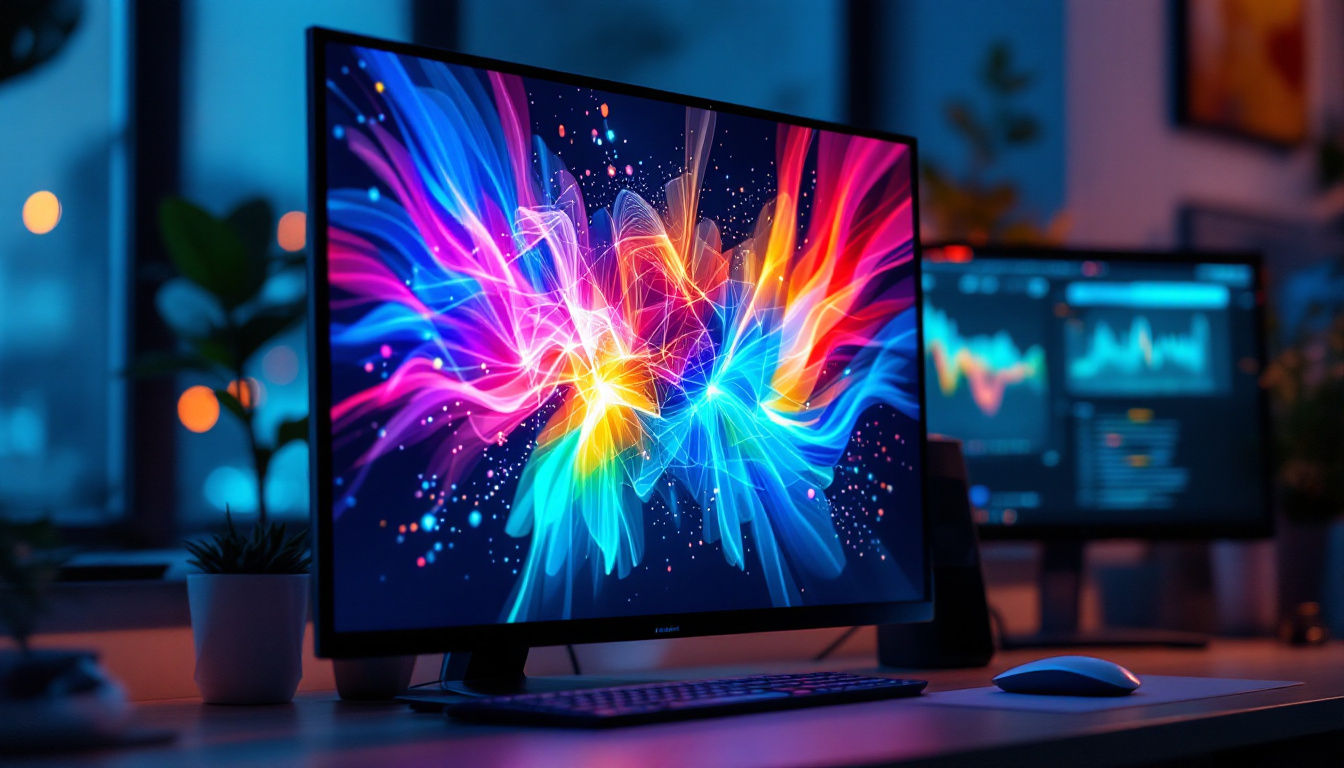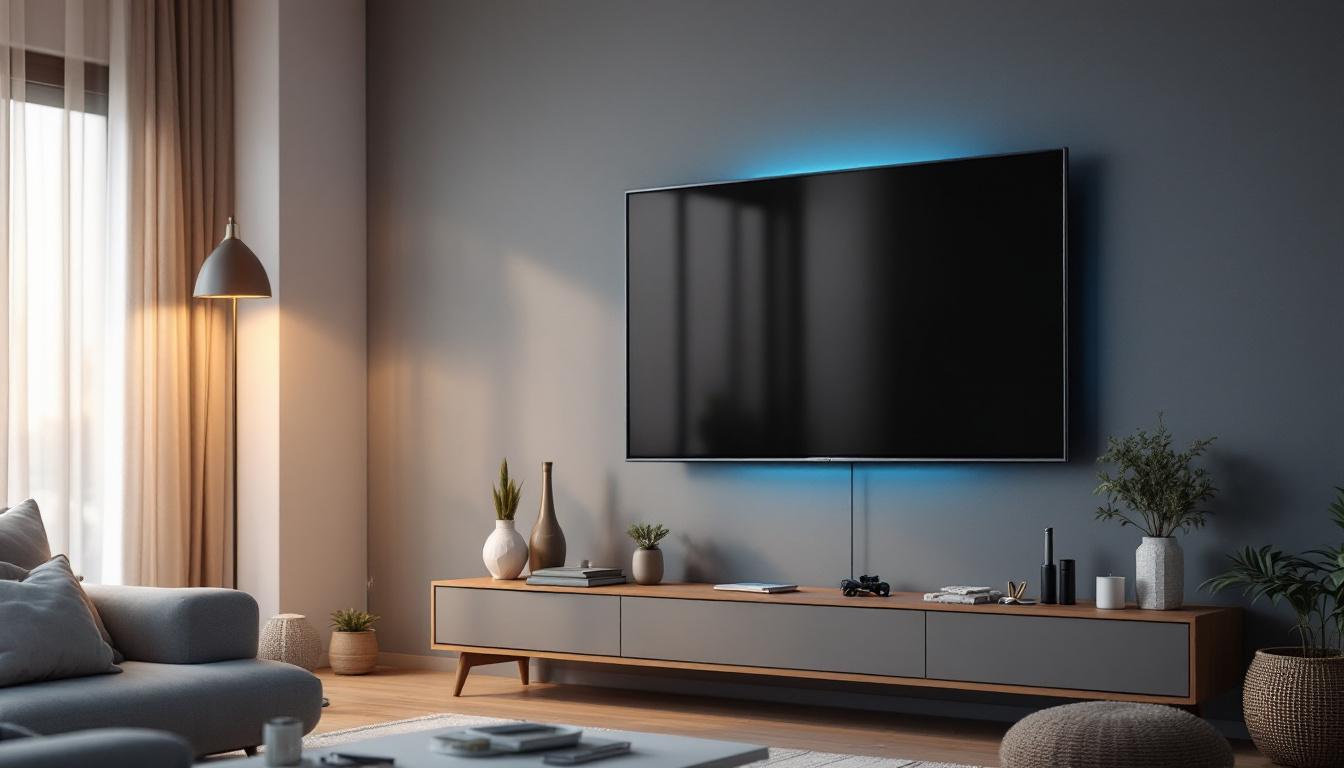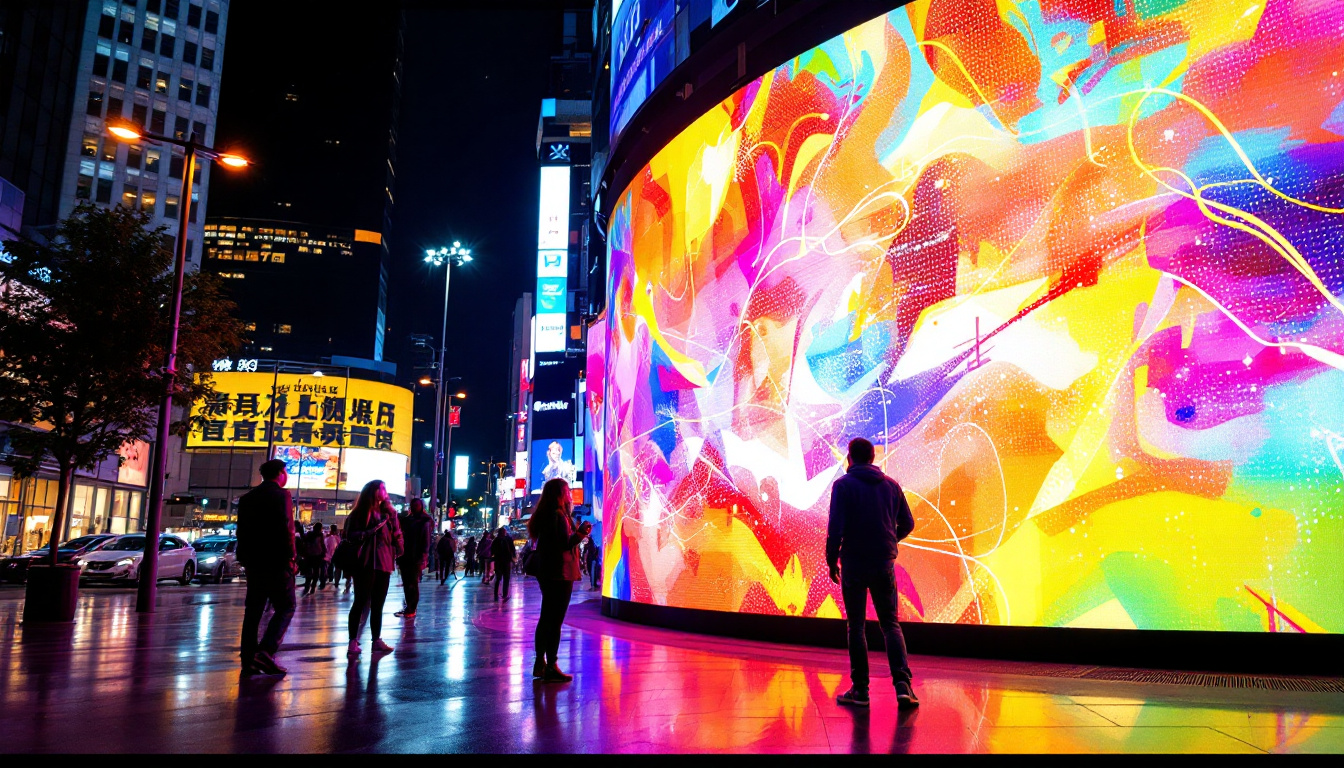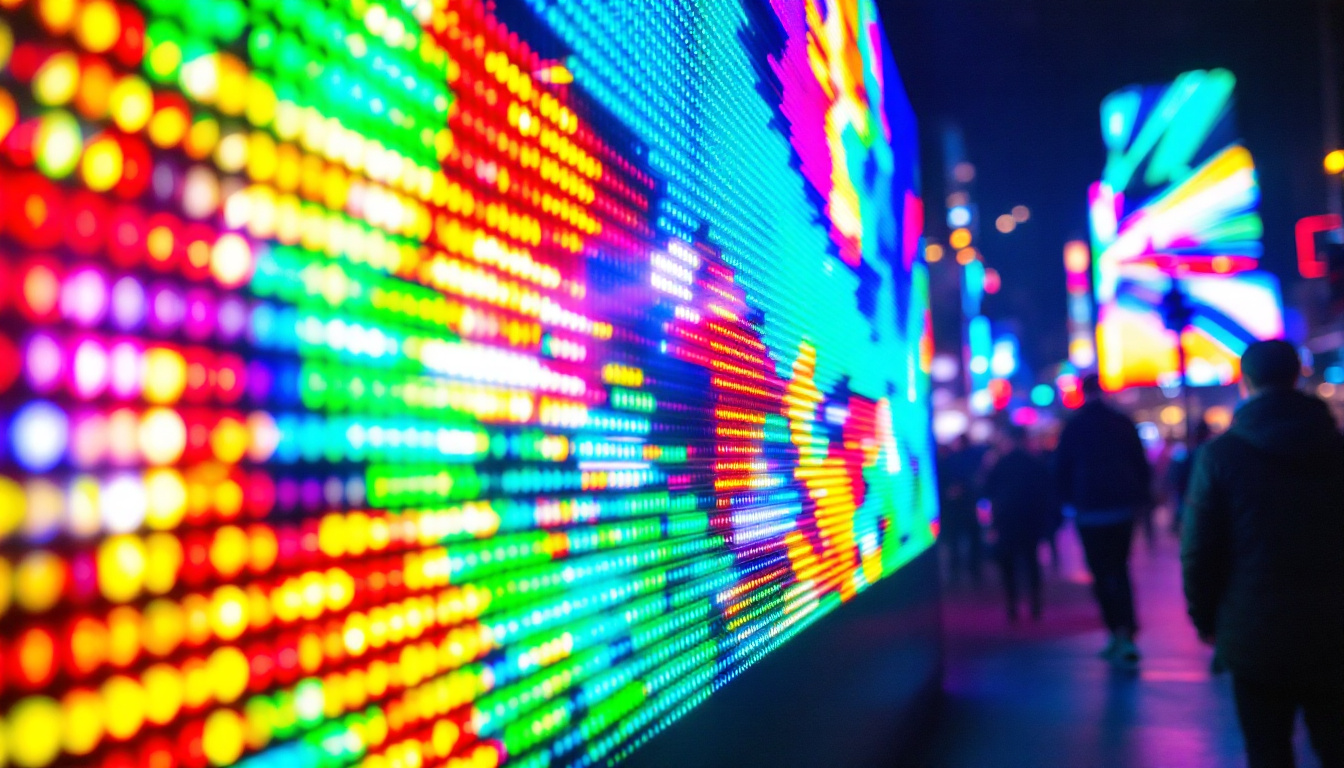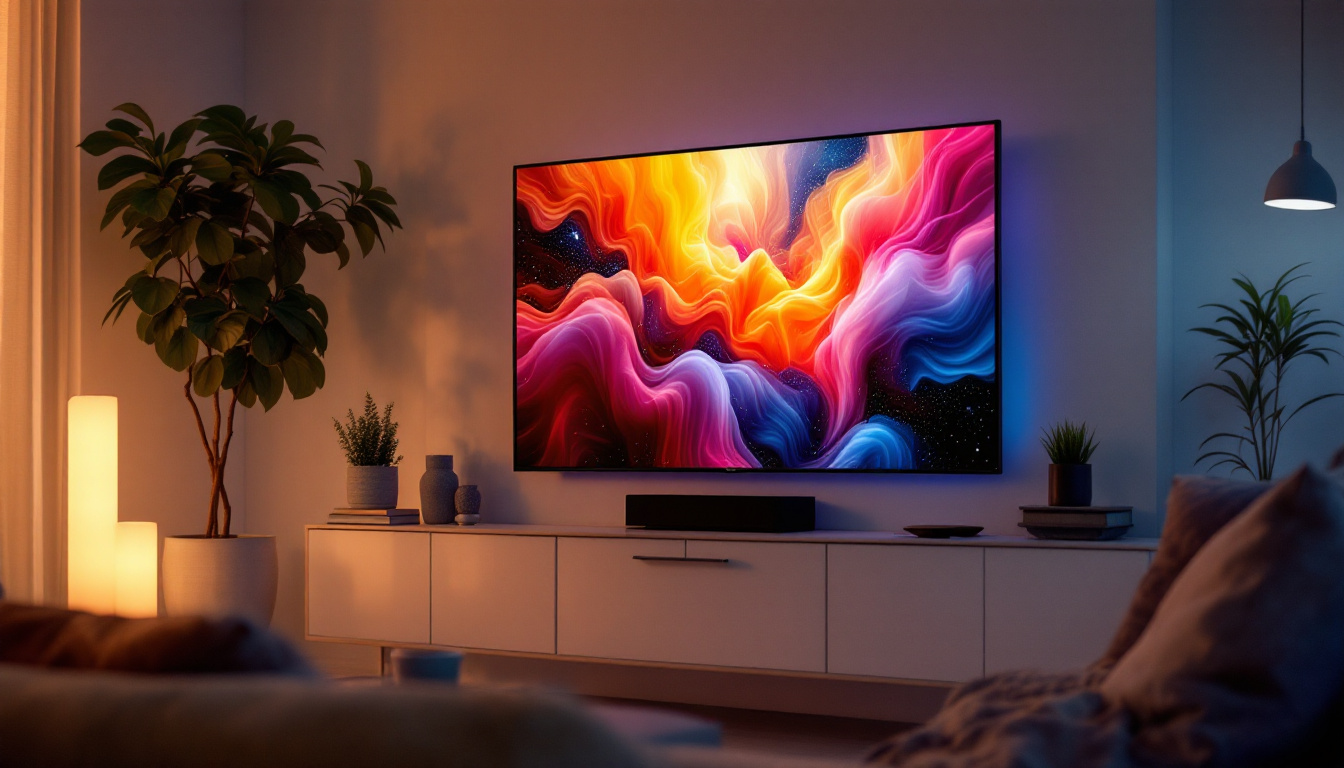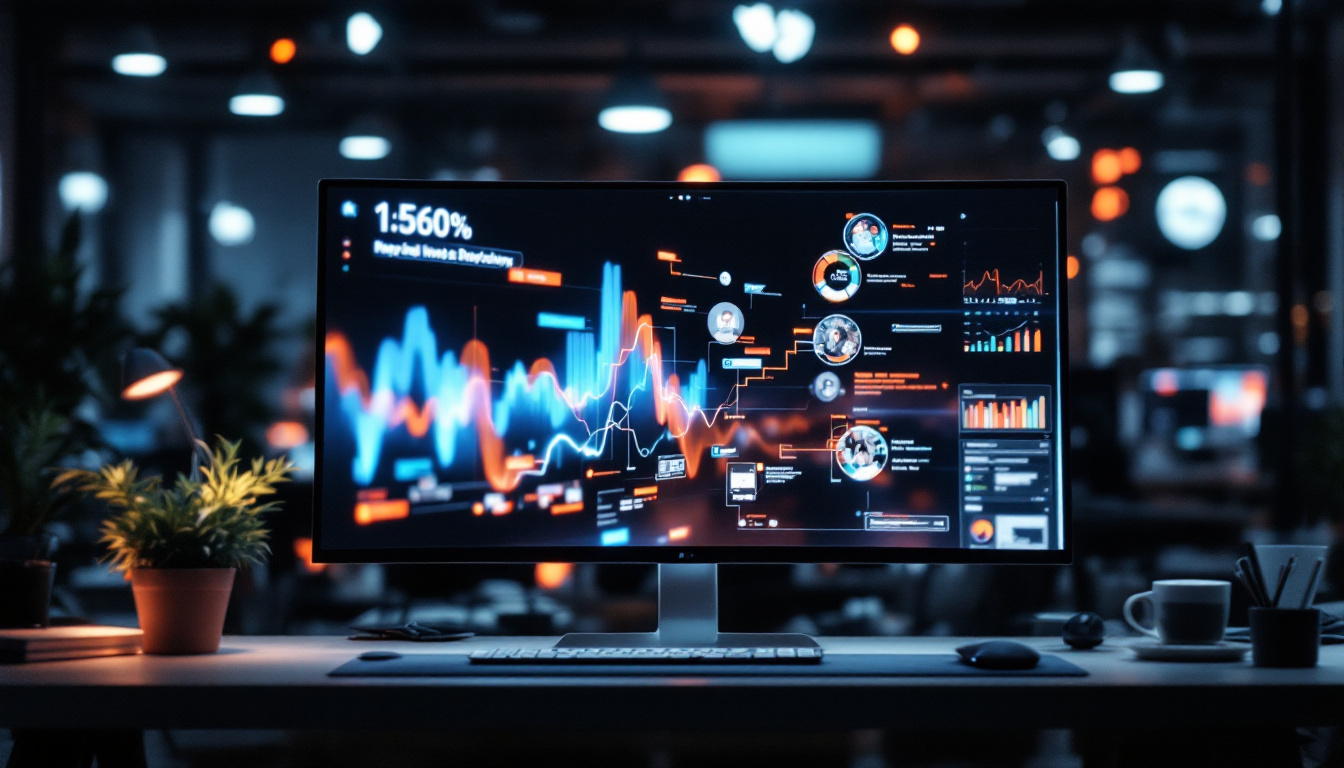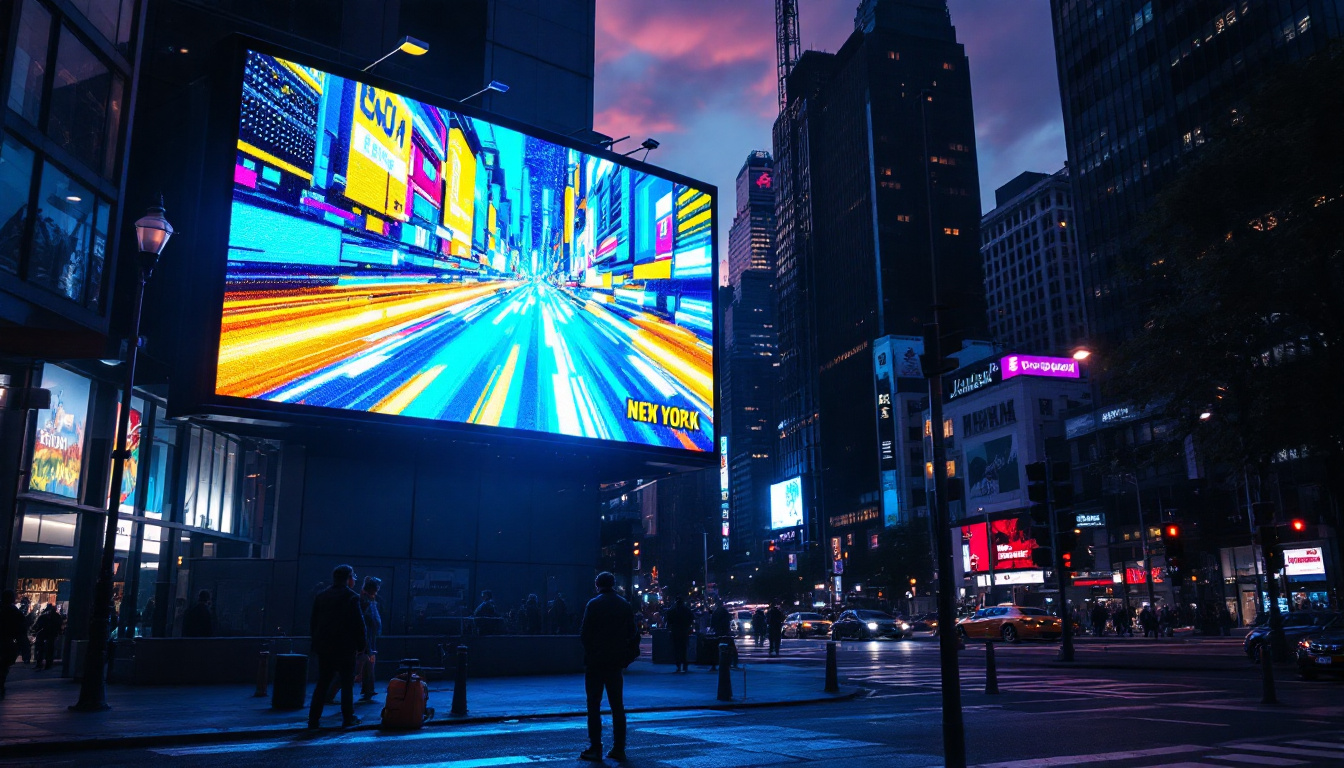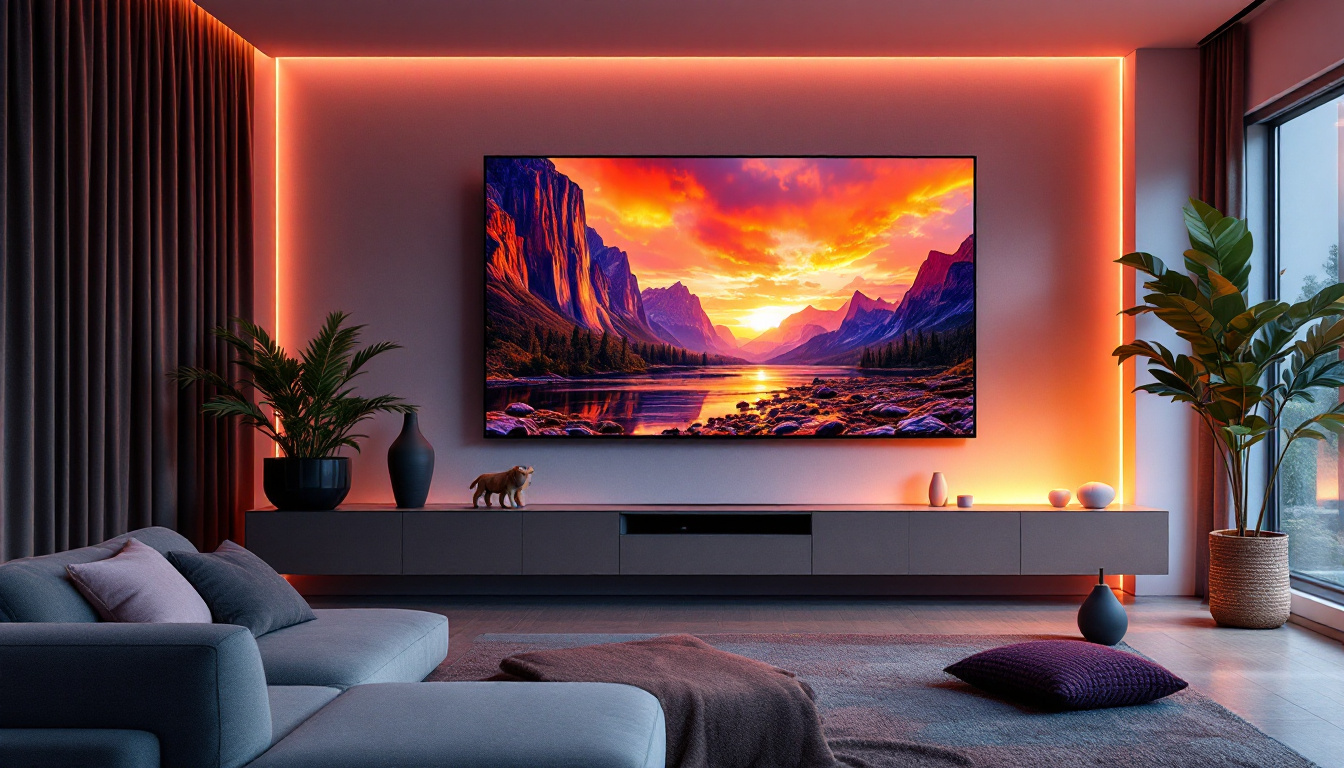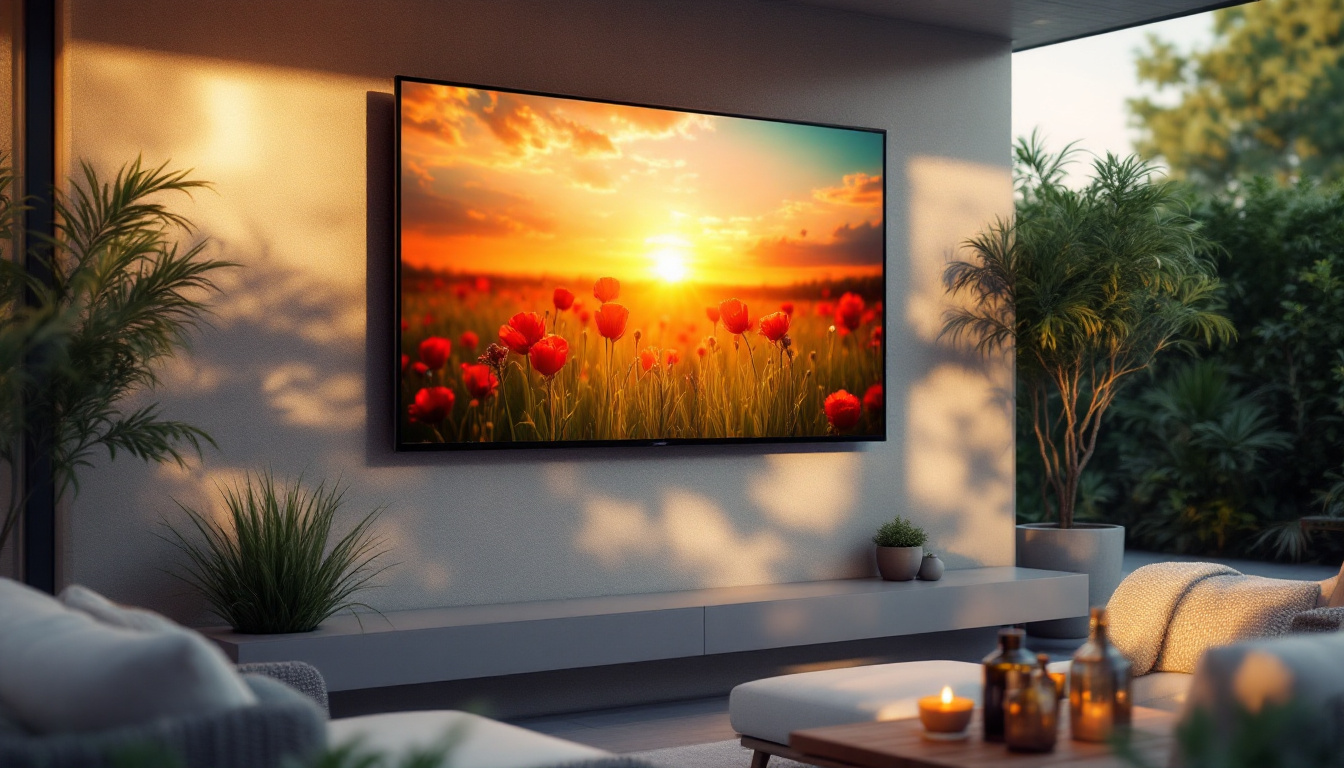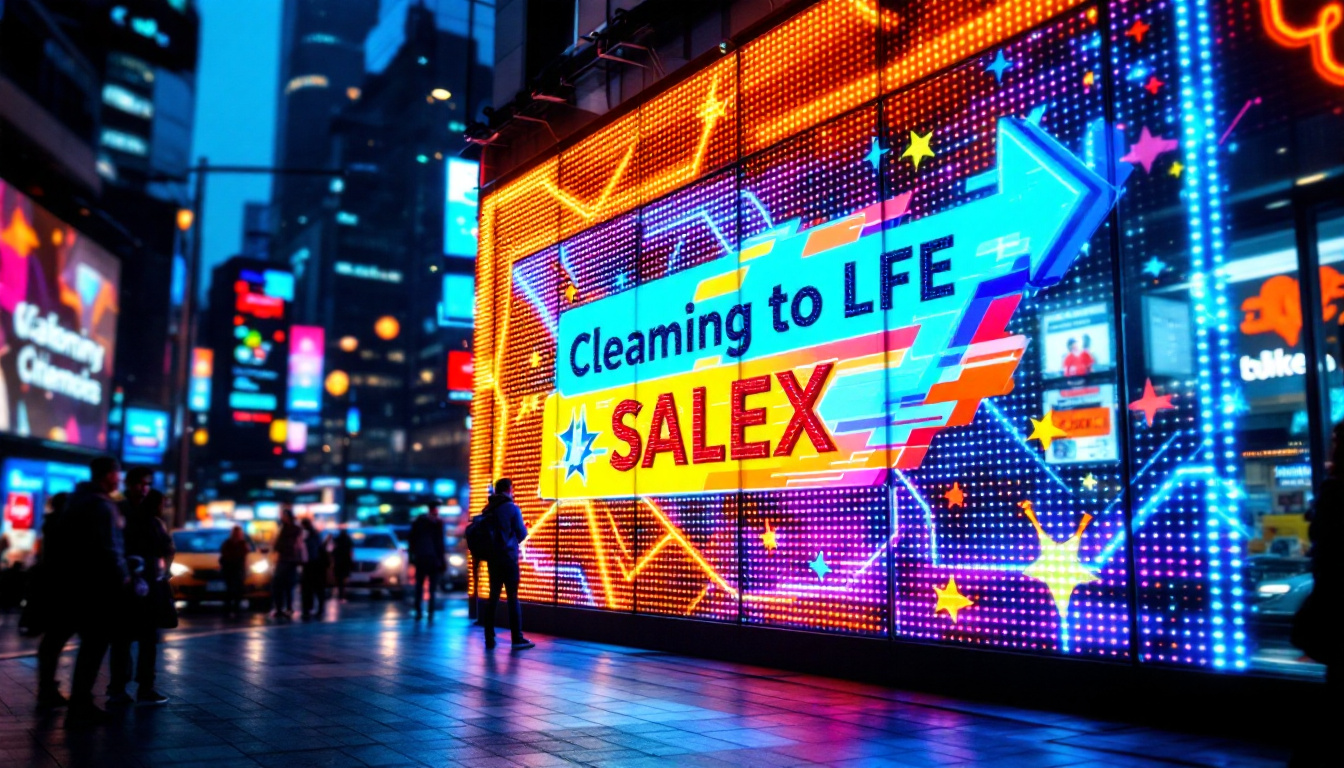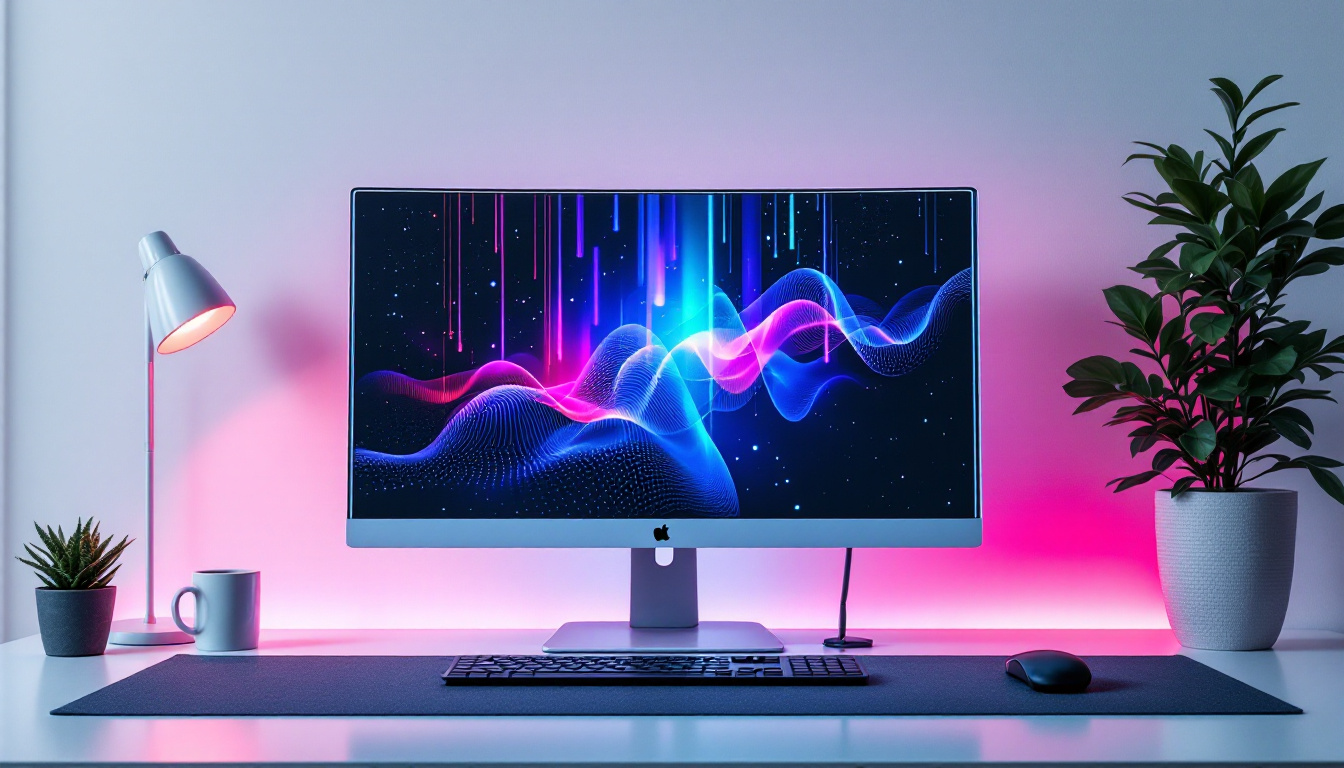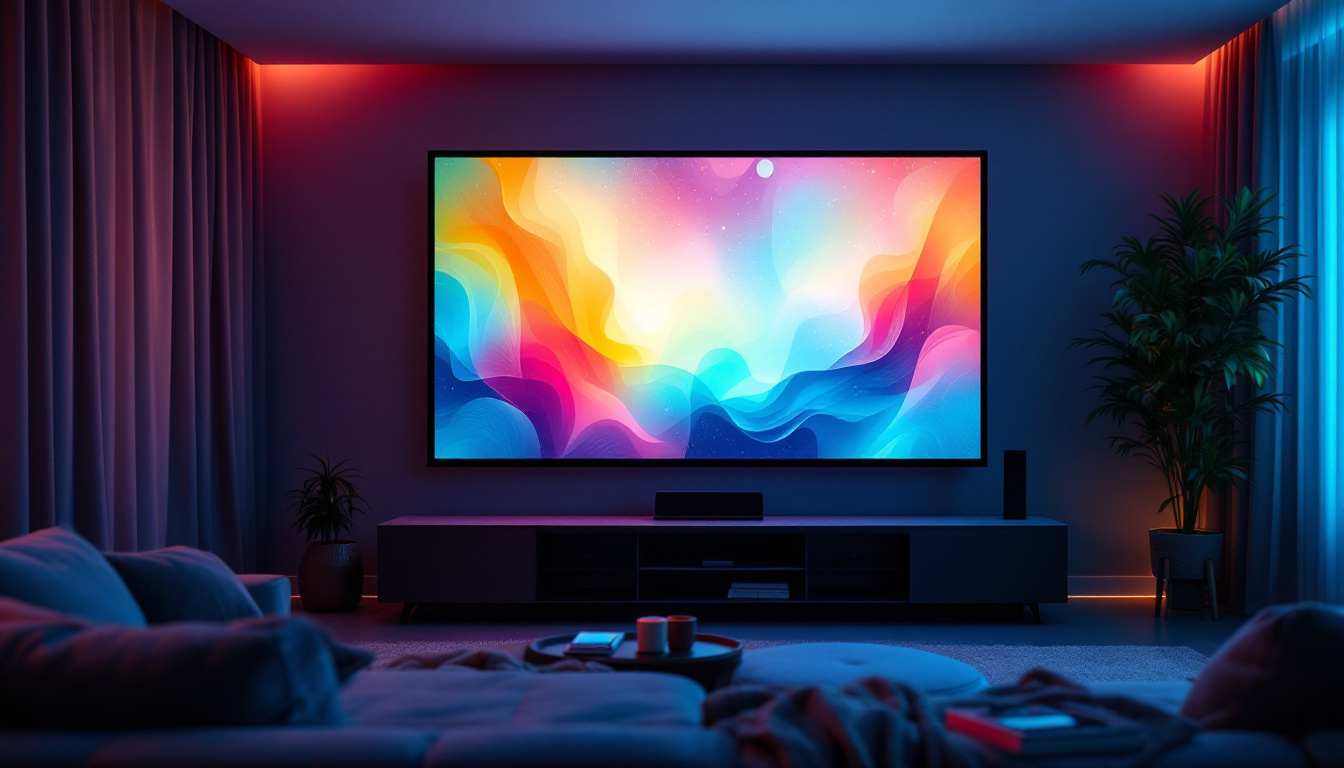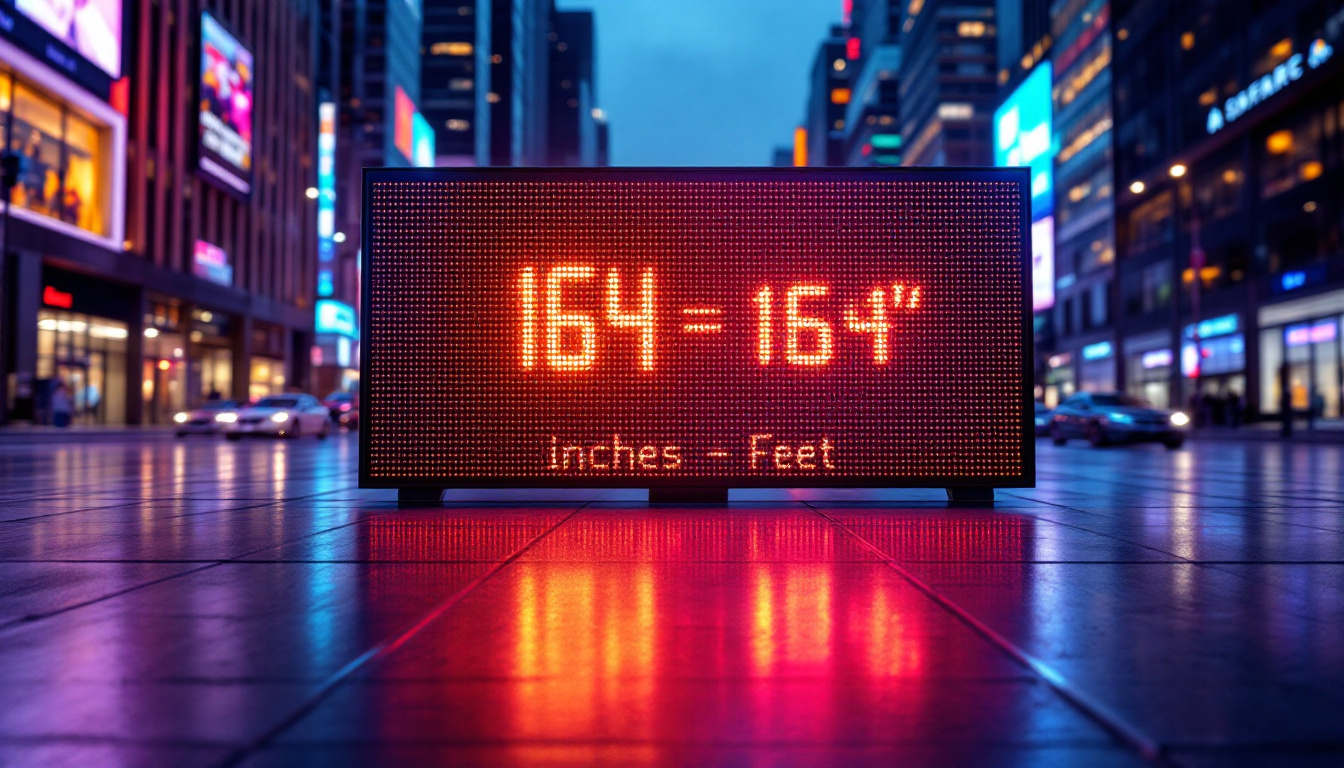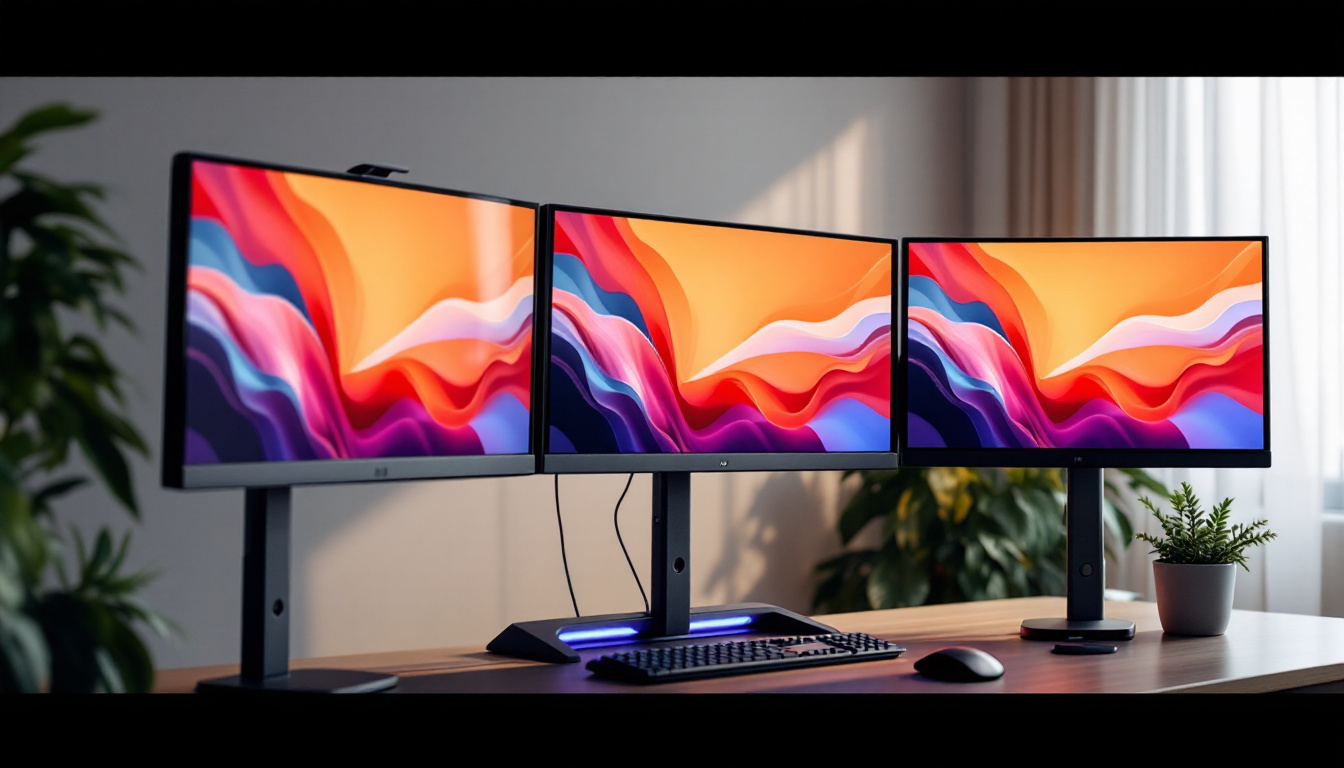In the realm of modern visual technology, LED displays have emerged as a dominant force, revolutionizing the way information is presented and consumed. At the heart of these displays lies a crucial component known as the pixel distributor. Understanding the role of a pixel distributor is essential for anyone looking to delve deeper into the intricacies of LED technology and its applications.
Understanding LED Displays
LED displays utilize light-emitting diodes (LEDs) to produce images and videos. These displays are favored for their brightness, energy efficiency, and versatility. They can be found in a variety of applications, from large outdoor billboards to small screens on handheld devices. The technology behind LED displays is not just about the diodes themselves; it also involves a complex system of components that work together to deliver high-quality visuals. The advancements in LED technology have also led to innovations in display design, enabling thinner, lighter, and more flexible screens that can be integrated into various environments, from retail spaces to home theaters.
The Basics of LED Technology
LEDs are semiconductor devices that emit light when an electric current passes through them. Each LED is made up of a chip encased in a plastic lens, which helps to focus the light. In an LED display, multiple LEDs are arranged in a grid to form pixels. Each pixel is typically composed of red, green, and blue (RGB) diodes, which can be mixed to create a wide spectrum of colors. This RGB combination allows for the reproduction of vibrant images and videos, making LED displays particularly appealing for entertainment and advertising purposes.
The arrangement and density of these pixels determine the resolution of the display. Higher pixel density results in sharper images and finer details, making it an essential factor for applications that require high visual fidelity, such as digital signage and television screens. Moreover, the refresh rate of LED displays plays a crucial role in how smoothly motion is rendered, which is especially important in fast-paced video content, ensuring that viewers experience a seamless visual flow without blurring or flickering.
Types of LED Displays
LED displays come in various types, each suited for different applications. The most common types include:
- Direct View LED Displays: These displays use individual LEDs to create images directly visible to the viewer. They are often used for large outdoor screens and indoor video walls. Their ability to maintain visibility in bright sunlight makes them ideal for advertising in public spaces.
- LED Backlit Displays: These displays utilize LEDs to backlight an LCD panel, enhancing brightness and color accuracy. They are commonly found in televisions and computer monitors. The use of LED backlighting has significantly improved energy efficiency compared to traditional fluorescent backlighting.
- Organic LED (OLED) Displays: OLED technology uses organic compounds that emit light when electrified. This allows for thinner screens and better contrast ratios, making them popular for high-end devices. OLED displays can achieve true blacks because individual pixels can be turned off completely, resulting in stunning visuals that are particularly captivating for movie watchers and gamers.
Additionally, there are emerging technologies such as MicroLED, which promises even greater efficiency and flexibility by using microscopic LEDs to create displays that are not only brighter but also more durable. These advancements are paving the way for innovative applications, including wearable technology and foldable screens, which could revolutionize how we interact with digital content in our daily lives.
The Role of the Pixel Distributor
The pixel distributor plays a pivotal role in the functionality of LED displays. It is responsible for managing the distribution of signals to the individual pixels, ensuring that each pixel receives the correct information to produce the desired image. This component is crucial for maintaining image quality and consistency across the display.
How Pixel Distribution Works
At its core, the pixel distributor acts as a communication hub between the display controller and the pixels themselves. When a video signal is received, the distributor decodes the information and allocates it to the appropriate pixels. This process involves translating the digital signal into analog signals that can be understood by the individual LEDs.
Efficient pixel distribution is vital for achieving high refresh rates and low latency in displays. A well-designed pixel distributor ensures that the entire display can respond quickly to changes in the input signal, resulting in smooth motion and vibrant visuals.
Importance of Pixel Configuration
The configuration of pixels within an LED display can significantly impact its performance. Pixel pitch, which refers to the distance between the centers of two adjacent pixels, is a critical factor. A smaller pixel pitch results in higher resolution and better image quality, making it ideal for applications that require close viewing, such as indoor displays.
Conversely, larger pixel pitches are often used for outdoor displays where viewers are typically farther away. The pixel distributor must be capable of handling various configurations to optimize performance across different display types.
Applications of LED Displays
LED displays have found applications in numerous fields, ranging from advertising to entertainment and beyond. Their versatility and adaptability make them suitable for various environments and purposes.
Advertising and Marketing
One of the most prominent uses of LED displays is in advertising. digital billboards and signage allow businesses to showcase their products and services dynamically. The ability to change content quickly and easily makes LED displays an attractive option for marketers looking to capture the attention of potential customers.
Moreover, the vibrant colors and high brightness of LED displays ensure that advertisements are visible even in direct sunlight, making them effective for outdoor campaigns. The interactive capabilities of some LED displays also allow for engaging customer experiences, further enhancing marketing efforts.
Entertainment and Events
In the entertainment industry, LED displays are ubiquitous. Concerts, festivals, and sporting events often feature large LED screens to enhance the audience’s experience. These displays can showcase live feeds, graphics, and animations, creating an immersive environment for attendees.
Additionally, LED technology is used in theatrical productions and film sets, allowing for dynamic backgrounds and effects that can be easily altered during performances. The flexibility of LED displays makes them invaluable in the fast-paced world of entertainment.
Corporate and Educational Use
LED displays are increasingly being utilized in corporate settings for presentations, meetings, and training sessions. Their ability to present information clearly and attractively helps facilitate communication and engagement among participants.
In educational institutions, LED displays serve as powerful teaching tools. They can be used to display educational content, facilitate interactive learning, and enhance the overall classroom experience. The integration of technology in education is becoming more prevalent, and LED displays play a significant role in this transformation.
Challenges and Considerations
While LED displays offer numerous advantages, there are also challenges and considerations that must be addressed. Understanding these factors is essential for anyone involved in the design, installation, or maintenance of LED technology.
Heat Management
One of the primary challenges associated with LED displays is heat management. LEDs generate heat during operation, and excessive heat can lead to reduced performance and longevity. Proper thermal management solutions, such as heat sinks and ventilation systems, are crucial to ensure optimal performance and prevent damage to the display.
Designers and engineers must consider heat dissipation when creating LED displays, especially for larger installations where heat buildup can be more pronounced. Effective heat management not only enhances the lifespan of the display but also improves overall performance.
Cost Considerations
Another significant factor to consider is the cost associated with LED displays. While prices have decreased over the years, high-quality LED technology can still represent a substantial investment. Organizations must weigh the initial costs against the long-term benefits, including energy savings and reduced maintenance expenses.
Additionally, the cost of installation and any necessary infrastructure should be factored into the overall budget. Understanding the total cost of ownership is essential for making informed decisions regarding LED display investments.
Maintenance and Upkeep
Regular maintenance is vital to ensure the longevity and performance of LED displays. Dust, dirt, and environmental factors can impact the quality of the visuals, necessitating routine cleaning and servicing. Organizations must establish maintenance schedules and protocols to keep displays in optimal condition.
Furthermore, training staff on the proper handling and care of LED technology can help prevent damage and prolong the lifespan of the displays. Investing in maintenance not only protects the initial investment but also ensures that the display continues to deliver high-quality visuals over time.
The Future of LED Displays
The future of LED displays is bright, with ongoing advancements in technology and design. As the demand for high-quality visual experiences continues to grow, innovations in LED technology are expected to follow suit.
Emerging Technologies
One of the most exciting developments in the LED display industry is the emergence of MicroLED technology. MicroLEDs are tiny, self-emissive LEDs that offer improved brightness, color accuracy, and energy efficiency compared to traditional LEDs. This technology has the potential to revolutionize displays by enabling thinner, lighter, and more flexible designs.
Additionally, advancements in artificial intelligence and machine learning are being integrated into display technology, allowing for smarter content management and personalization. These innovations will enhance user experiences and open new avenues for applications across various industries.
Sustainability Initiatives
As environmental concerns continue to rise, the LED display industry is also focusing on sustainability. Manufacturers are exploring eco-friendly materials and production processes to reduce the environmental impact of LED displays. Energy-efficient designs and recycling programs for outdated technology are becoming increasingly important.
By prioritizing sustainability, the LED display industry can contribute to a greener future while meeting the growing demand for high-quality visual technology.
Conclusion
The pixel distributor is a vital component of LED displays, ensuring that each pixel receives the correct information to produce stunning visuals. As LED technology continues to evolve, understanding the intricacies of pixel distribution and its role in various applications becomes increasingly important.
From advertising to entertainment and education, LED displays are transforming the way information is shared and consumed. While challenges such as heat management, cost considerations, and maintenance exist, the benefits of LED technology far outweigh the drawbacks.
As the industry moves towards a more sustainable and innovative future, the potential for LED displays is limitless. Embracing these advancements will undoubtedly lead to even more captivating and immersive visual experiences for audiences around the globe.
Discover the Future of Visual Technology with LumenMatrix
Ready to elevate your visual experience with the latest in LED display innovation? LumenMatrix is at the forefront of transforming environments with our diverse range of LED display solutions. From Indoor and Outdoor LED Wall Displays to specialized options like Vehicle, Sports, and Floor LED Displays, we offer customized solutions to fit your unique needs. Our mission is to revolutionize visual communication, ensuring your message resonates with clarity and impact. Check out LumenMatrix LED Display Solutions today and join the visual revolution.

